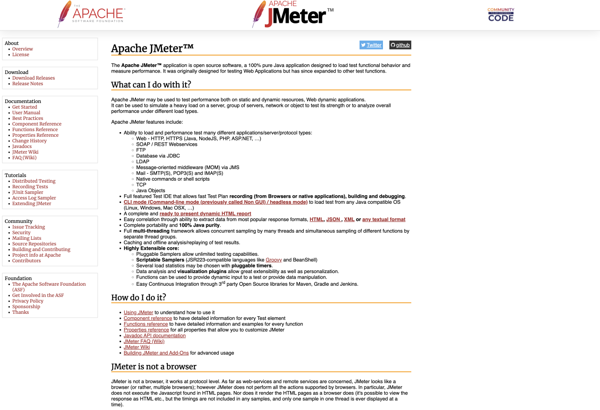Description: Apache JMeter, an open-source tool for performance and load testing of applications. Empower developers and testers to simulate various user scenarios, measure performance metrics, and identify bottlenecks. Apache JMeter supports a wide range of protocols, including HTTP, HTTPS, FTP, SOAP, and more.
Type: Open Source Test Automation Framework
Founded: 2011
Primary Use: Mobile app testing automation
Supported Platforms: iOS, Android, Windows
Description: LoadFocus is a load and performance testing software used to test web and mobile applications under load. It allows developers to identify performance issues and bottlenecks before launching apps to real users.
Type: Cloud-based Test Automation Platform
Founded: 2015
Primary Use: Web, mobile, and API testing
Supported Platforms: Web, iOS, Android, API

